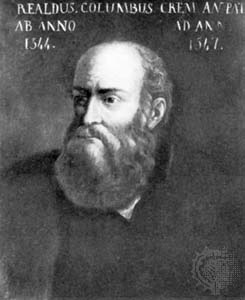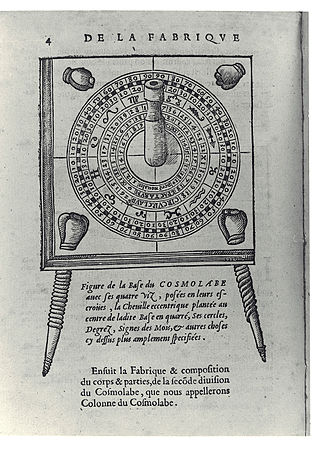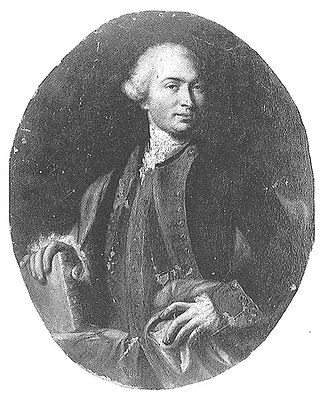
Marco Polo was a Venetian merchant, explorer and writer who travelled through Asia along the Silk Road between 1271 and 1295. His travels are recorded in The Travels of Marco Polo, a book that described to Europeans the then mysterious culture and inner workings of the Eastern world, including the wealth and great size of the Mongol Empire and China in the Yuan Dynasty, giving their first comprehensive look into China, Persia, India, Japan and other Asian cities and countries.

Year 1559 (MDLIX) was a common year starting on Sunday of the Julian calendar.

Josias Simmler was a Swiss theologian and classicist, author of the first book relating solely to the Alps.

Conrad Gessner was a Swiss physician, naturalist, bibliographer, and philologist. Born into a poor family in Zürich, Switzerland, his father and teachers quickly realised his talents and supported him through university, where he studied classical languages, theology and medicine. He became Zürich's city physician, but was able to spend much of his time on collecting, research and writing. Gessner compiled monumental works on bibliography and zoology and was working on a major botanical text at the time of his death from plague at the age of 49. He is regarded as the father of modern scientific bibliography, zoology and botany. He was frequently the first to describe species of plants or animals in Europe, such as the tulip in 1559. A number of plants and animals have been named after him.
This article contains information about the literary events and publications of 1559.
Julius Caesar Aranzi was a leading figure in the history of the science of human anatomy.

Matteo Realdo Colombo was an Italian professor of anatomy and a surgeon at the University of Padua between 1544 and 1559.
The year 1651 in science and technology involved some significant events.

Book of the Marvels of the World, in English commonly called The Travels of Marco Polo, is a 13th-century travelogue written down by Rustichello da Pisa from stories told by Italian explorer Marco Polo. It describes Polo's travels through Asia between 1271 and 1295, and his experiences at the court of Kublai Khan.

Giambattista Canano (1515–1579) was a notable physician and anatomist during the 16th century. He was a professor at the University of Ferrara and personal physician to the Duke of Ferrara. He was a colleague of Andreas Vesalius and Vesalius attributes to Canano the first observation of valves of veins, a crucial discovery that would lead to the understanding of the circulatory system.

Jacques Besson (1540?–1573) was a French Protestant inventor, mathematician, and philosopher, chiefly remembered for his popular treatise on machines Theatrum Instrumentorum (1571–1572), which saw many reprints in different languages.
Colombo is an Italian surname. Literally meaning "dove" it was given to orphans.

Giovanni Battista Ramusio was an Italian geographer and travel writer.

Historia animalium, published at Zurich in 1551–1558 and 1587, is an encyclopedic "inventory of renaissance zoology" by Conrad Gessner (1516–1565). Gessner was a medical doctor and professor at the Carolinum in Zürich, the precursor of the University of Zurich. The Historia animalium, after Aristotle's work of the same name. is the first modern zoological work that attempts to describe all the animals known, and the first bibliography of natural history writings. The five volumes of natural history of animals cover more than 4500 pages.
Bibliotheca universalis (1545–49) was the first truly comprehensive "universal" listing of all the books of the first century of printing. It was an alphabetical bibliography that listed all the known books printed in Latin, Greek, or Hebrew.
The year 1516 in science and technology included many events, some of which are listed here.
The year 1554 CE in science and technology included a number of events, some of which are listed here.

Antonio Maria Lorgna (1735-1796) or Antonio Mario Lorgna was a mathematician from Italy in the 18th century, founder of the Accademia nazionale delle scienze.










